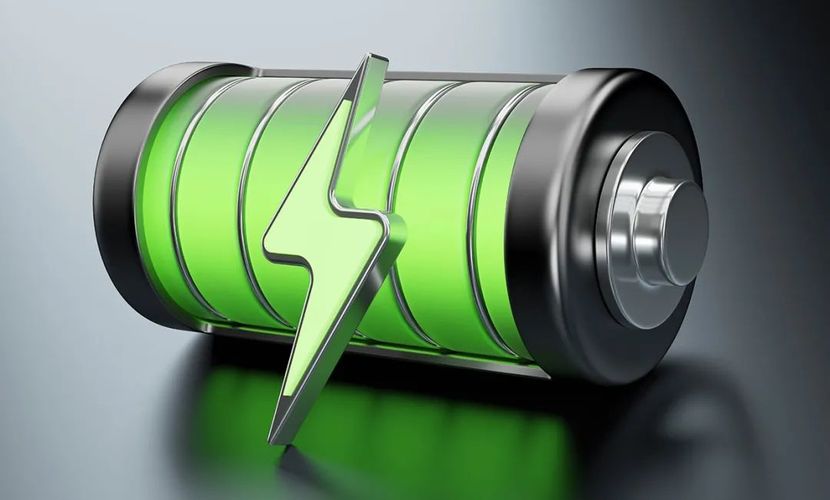Graphite plate hydrogen fuel cells represent an emerging hydrogen energy technology that offers some unique advantages and challenges compared to traditional proton exchange membrane fuel cells (PEMFC). Below is a detailed overview of its pros and cons:

Advantages:
High-temperature operation: Graphite plate hydrogen fuel cells typically operate at high temperatures (around 700°C). Compared to low-temperature PEMFCs, high-temperature electrolytes (such as solid oxide fuel cells) can enhance the electrochemical reaction rate of hydrogen, thereby improving cell efficiency.
Fuel flexibility: Graphite plate hydrogen fuel cells can utilize a variety of fuels including hydrogen, natural gas, syngas, and even biomass, making them crucial in energy transition scenarios.
High energy conversion efficiency: These fuel cells achieve higher energy conversion efficiency compared to traditional fuel cells, meaning less fuel consumption is required to generate the same amount of electricity.
Long-term stability: Operating under high-temperature conditions and using solid-state electrolytes can enhance the long-term stability and durability of the cells, reducing degradation and performance decay issues.
Low carbon emissions: Utilizing hydrogen as fuel, graphite plate hydrogen fuel cells produce almost no harmful emissions during operation, only generating water vapor and minimal heat, making them a clean energy technology.
Disadvantages:
High-temperature operation: High-temperature operation necessitates special high-temperature-resistant materials and control systems, increasing the complexity and cost of the cell systems.
Long startup time: Graphite plate hydrogen fuel cells typically require a longer startup time to reach operating temperature, which may be disadvantageous in certain applications.
Material durability: High-temperature environments demand materials for cell components that are resistant to heat and chemical corrosion, which are costly and may pose challenges for long-term stable operation.
Fuel processing: While graphite plate hydrogen fuel cells can use various fuels, they have high requirements for fuel quality and purity, particularly for hydrogen processing and supply systems that need to be highly reliable and safe.
Scaling challenges: Currently, commercial-scale deployment of graphite plate hydrogen fuel cells is limited, with high production costs and facing technical and economic challenges for widespread adoption.
In summary, graphite plate hydrogen fuel cells hold potential in energy transition due to their high energy conversion efficiency, fuel flexibility, and low carbon emissions. However, they must overcome challenges such as high-temperature operation, material costs, and durability. With advancing technology and decreasing costs, they are expected to find broader applications in areas like transportation, industrial production, and renewable energy storage in the future.
Post time:2024-06-24





